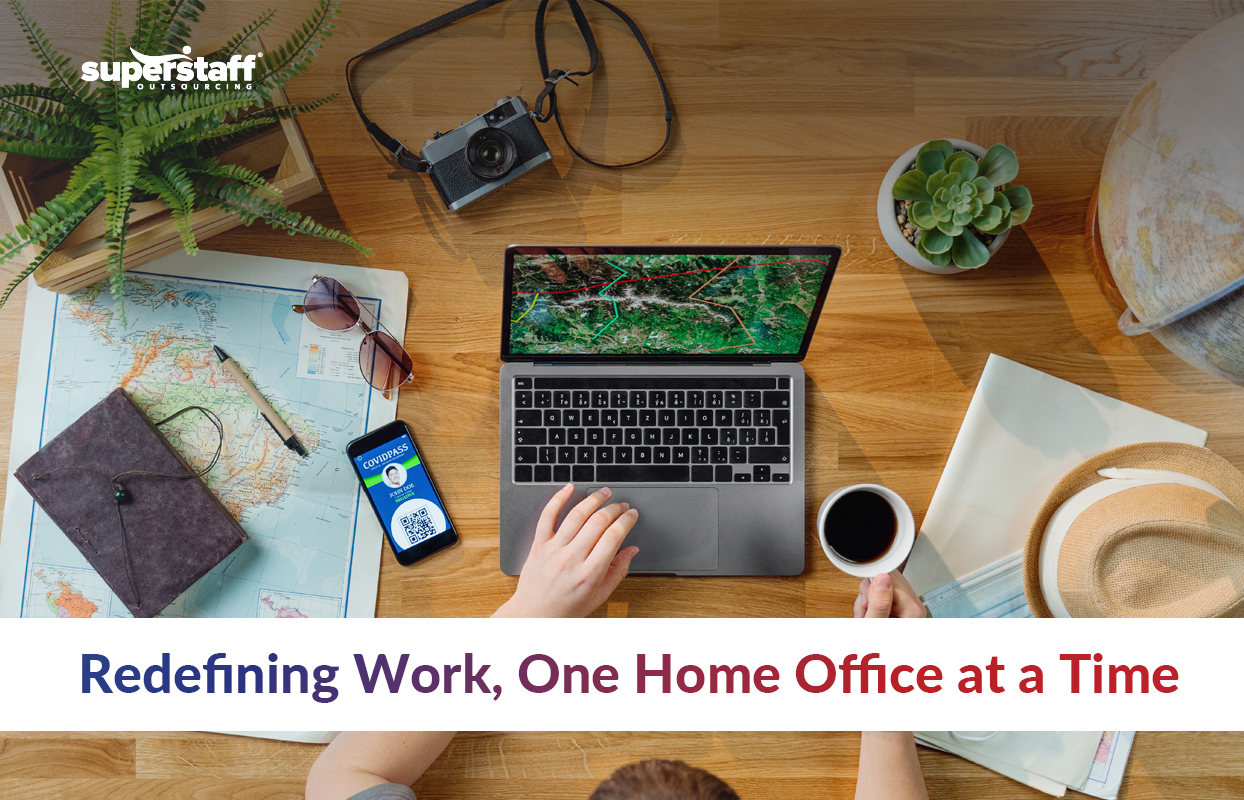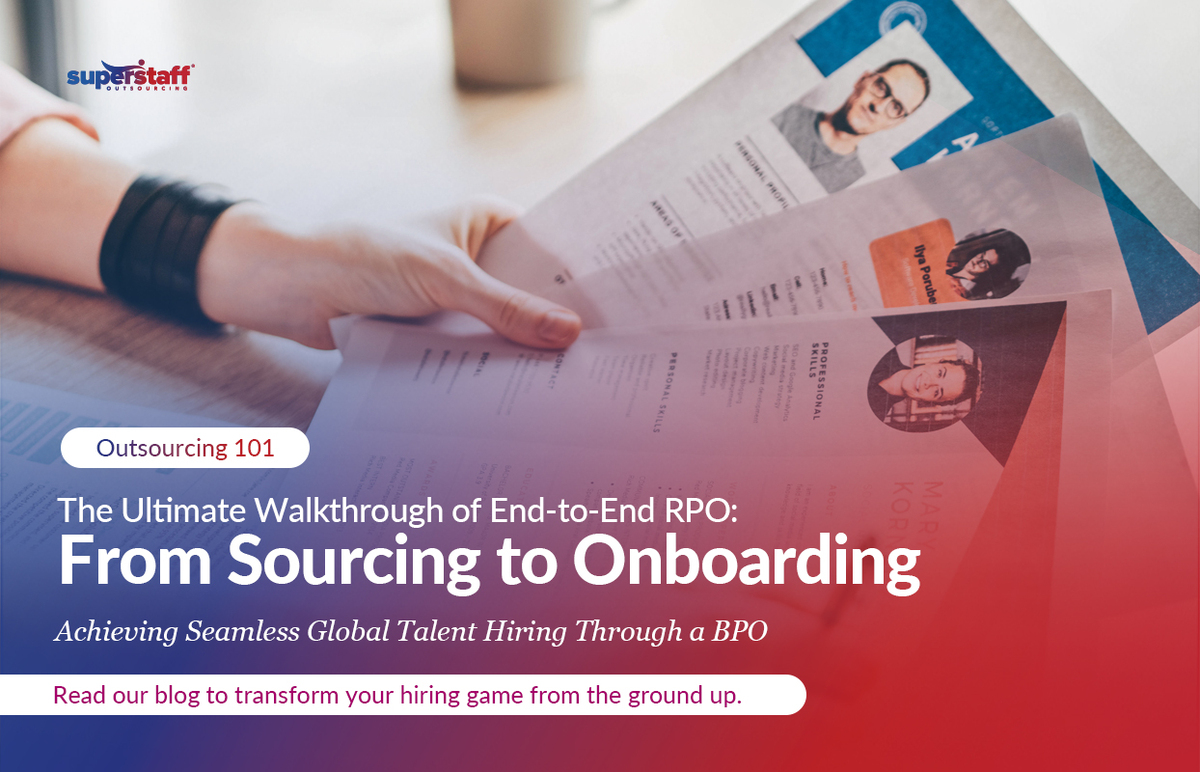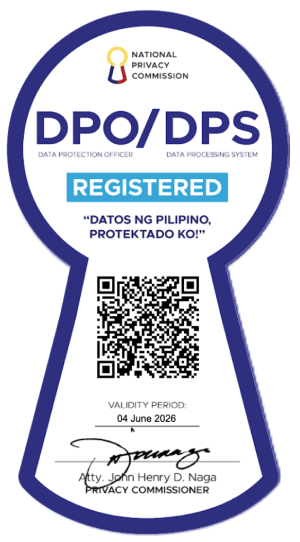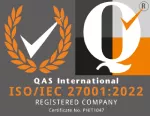
Hiring delays. Frustrated managers. Candidates dropping off halfway through the process. If this sounds familiar, you’re not alone. For midmarket companies and scaling startups, recruitment often turns into a full-time fire drill. Your internal HR team is maxed out, roles sit open for weeks, and top candidates slip through the cracks before you can even get an interview on the calendar.
Recruitment has never been more fast-paced or more complex. Business moves quickly, but internal recruitment structures don’t always evolve at the same speed. And when your company is in growth mode, there’s little room for error. This is where Recruitment Process Outsourcing comes in. It’s a proven, flexible way to move from reactive hiring to a proactive talent strategy. But for it to work, you need to approach it with intention.
This step-by-step guide to RPO will walk you through how to take control of your hiring process—one smart decision at a time.
Why Traditional Hiring Fails During Rapid Growth
When companies experience growth spikes, hiring gets harder. Internal recruitment teams are suddenly expected to double or triple their output without added support or updated systems. HR departments become overwhelmed, putting out fires instead of planning ahead.
You may have skilled HR people, but without recruitment tech, standardized metrics, or enough hands on deck, the system starts to crack. Resumes pile up. Interviews are delayed. And as the pressure builds, recruitment quality drops. You may end up hiring too quickly just to fill the seat—only to see the same role open up again in three months.
Traditional hiring also struggles with cost efficiency. If you’re relying on outdated sourcing methods or are constantly engaging headhunters for specialized roles, the costs add up fast. And none of that includes the time lost to poor hiring decisions.
This is the moment when a step-by-step guide to RPO becomes more than helpful. It becomes necessary.
What RPO Really Means (And What It’s Not)

Many companies hear “RPO” and immediately think of temporary staffing or resume-pushing vendors. That couldn’t be further from the truth. At its core, Recruitment Process Outsourcing is a strategic partnership where an external provider manages your hiring process, either fully or in part.
The best RPO models cover everything from sourcing and screening to interview scheduling and onboarding support. They use advanced tech, experienced recruiters, and real-time data to drive faster, smarter hiring. And the best part? It’s completely customizable.
Some businesses use end-to-end RPO, handing off the entire recruitment process. Others prefer project-based or on-demand support during high-volume periods. Hybrid models also exist, where your internal team works hand-in-hand with external RPO specialists.
Understanding these distinctions is key. With the right setup, a step-by-step guide to RPO becomes your roadmap to a recruitment engine that runs smoothly and scales easily.
When to Use RPO—Red Flags and Right Timing
There are moments in every company’s growth journey when the hiring pressure feels like too much. You know you need help when roles stay open too long, top candidates consistently drop out, or your offer-to-accept rate keeps slipping.
Other signs include high employee turnover, poor onboarding experiences, or managers constantly complaining about candidate quality. These aren’t just pain points. They’re signs that your current recruitment process isn’t keeping up.
RPO is especially useful during moments of transformation. Maybe you’ve just secured funding and need to scale quickly. Or you’re launching a new product and need engineers yesterday. Perhaps you’re expanding into a new region and don’t have local recruiting support.
In these cases, a solution RPO service gives you speed, reach, and process control. The key is knowing when to engage and how to implement. That’s where our step-by-step guide to RPO begins.
Step 1 – Define Clear Hiring Goals and Pain Points
Before you call any RPO provider, take a deep look at your current process. Where are the bottlenecks? Are you losing candidates at the top of the funnel, or is the delay happening during offer negotiation? What metrics are you tracking today, and which ones matter most?
Time-to-fill, cost-per-hire, and retention rates are great places to start. You’ll also want to align recruitment goals with broader business objectives. If your company plans to open a new office in a different time zone, you’ll need recruiters who understand the local market and candidate behavior.
A solid RPO engagement begins with clarity. The more precisely you define what success looks like, the more effective your partner can be. And that’s what separates average recruitment from a true step-by-step guide to RPO.
Step 2 – Choose the Right RPO Partner (Not Just the Cheapest)
Once you’ve mapped your pain points and priorities, it’s time to choose a partner. But don’t just look at pricing or promises. The best RPO providers offer more than resumes—they bring industry-specific experience, advanced sourcing capabilities, and a deep understanding of your culture.
Make sure they can scale as your needs change. Can they handle both high-volume hiring and niche roles? Do they have experience in your sector, whether that’s healthcare, fintech, logistics, or customer service?
Also, transparency matters. Ask about their service level agreements, reporting cadence, and communication model. You want a partner who acts like an extension of your team. With the right partner, a solution RPO service becomes a true driver of growth and talent strategy.
Step 3 – Collaborate on a Custom Recruitment Plan
Now that you’ve chosen a partner, the next step is building the plan. Cookie-cutter approaches don’t work in recruitment. Your business is unique. Your hiring plan should be too.
You and your RPO team will work together to define workflows. What does the handoff look like between your internal team and theirs? Who approves job descriptions or makes final hiring decisions? Which platforms or tools will you use?
You’ll also set up performance dashboards and tracking systems. A well-crafted step-by-step guide to RPO includes a feedback loop so you can spot what’s working and what’s not. The more detailed the blueprint, the more smoothly the partnership will run.
Step 4 – Launch With Alignment and Visibility
Implementation matters. Even the best plan can falter without strong alignment from the start. Your RPO partner needs time to learn your company, products, values, and ideal candidate profiles.
This is where training, tech integration, and clear communication channels come into play. Whether it’s syncing your ATS or giving them access to your job boards, visibility is key. Make sure everyone internally understands the RPO team’s role and how to work with them.
Change management is often overlooked. But without internal buy-in, adoption stalls. A successful launch sets the tone for a long-term collaboration. Done right, your step-by-step guide to RPO should include a strong onboarding plan—not just for candidates, but for the partnership itself.
Step 5 – Measure, Refine, and Scale What Works
Recruitment isn’t static. Your hiring needs evolve with every product launch, market change, or growth milestone. That’s why ongoing optimization is critical.
With the right data, your RPO team can track performance, spot bottlenecks, and adapt strategies in real time. You should regularly review hiring funnel metrics, conversion rates, and candidate feedback. What worked last quarter may not work today.
A strong RPO model includes regular recalibration. Maybe you need to update job ads, expand sourcing channels, or adjust your employer branding. The beauty of working with a solution RPO service is agility. You’re not stuck with the same tools or processes if they stop delivering results.
Over time, this becomes one of the most effective RPO strategies for streamlining the hiring process. You build a feedback-rich system that improves with every hire.
Why SuperStaff’s RPO Model Delivers Real Control
At SuperStaff, we understand how chaotic recruitment can feel—especially when your business is growing fast. That’s why we built an RPO model designed for flexibility, clarity, and performance.
Whether you need full-cycle recruitment support or help with specific hiring projects, our RPO teams are built to integrate seamlessly with yours. We combine deep sourcing expertise, recruitment technology, and real-time reporting to give you full visibility and control.
Our success stories span industries like tech, healthcare, finance, and customer support. From startups scaling fast to midmarket companies needing specialized roles filled quickly, our solution RPO services have helped them stay ahead.
Most importantly, we don’t just deliver candidates—we build hiring engines. With SuperStaff, you get a step-by-step guide to RPO implementation backed by a team that knows how to make it work.
Take Control With a Step-by-Step Guide to RPO
RPO isn’t just about outsourcing recruitment tasks. It’s about building a better, faster, more strategic hiring process. When traditional hiring can’t keep up, RPO offers a way forward. With the right steps, the right partner, and the right mindset, your hiring function can evolve into a growth-ready system.
If you’re ready to stop firefighting and start hiring strategically, SuperStaff is here to help. Our RPO experts are ready to work with you to turn hiring chaos into an engine of growth. Contact us today to see how our step-by-step guide to RPO can transform your recruitment approach.






